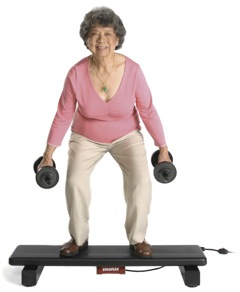A new approach for improving bone health by creating a more reliable skeleton; developed by Ruthy Alon, one of Moshe Feldenkrais’ original students.
At Austin Aikikai, Bones For Life®, January 5 – February 28, 2015
Monday mornings, 11:15-12:15
$88 for series, $15 drop-in
7756 Northcross Dr., #111, Austin, TX 78757
Call Becky at 512-913-9913 to register
Bring a yoga mat, a bath towel, two hand towels, and socks. Wear layered clothing. For more information, see www.bonesforlife.com.

